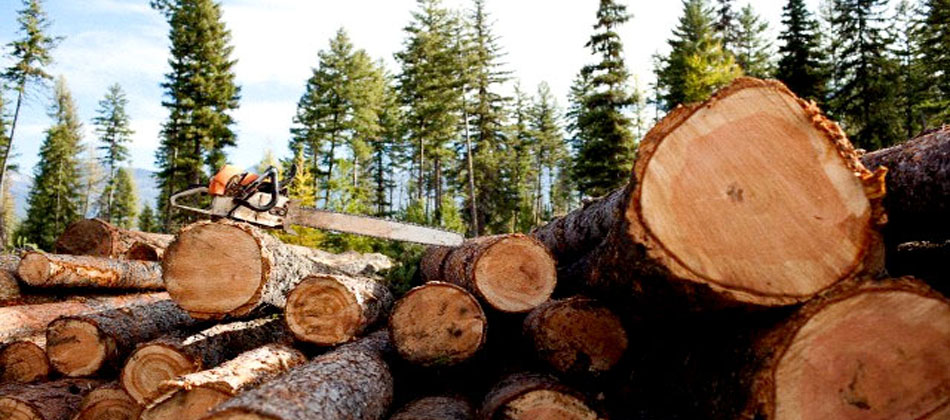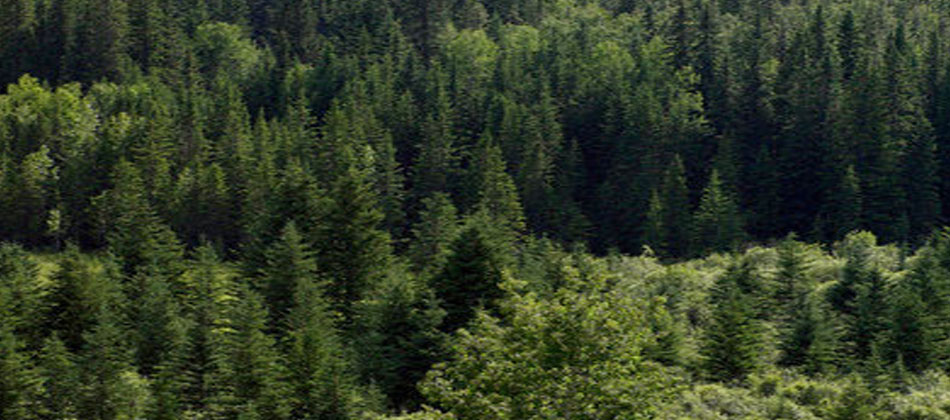Wood, a sustainable resource
Forests represent a priceless richness on Earth and cover nearly one third of its surface. Despite European forests are just a small part of them, they are the most widely used for timber production. European forests are developing although the internal demand for timber is increasing and European Union has become one of the biggest exporters of forest products.
Sustainable forest management
Thanks to the coming into force of Due Diligence regulation (UE n.995 - 20 October 2010) and to a sustainable management of forest heritage, forests are exploited without compromising their productivity, biodiversity and regeneration capacity. This method allows forests to keep their own vitality and the ability to perform, today and in the future, their ecological, economical and social functions at local, national and global level, without causing damage to other ecosystems.
Wood buildings and energy efficiency
Every building needs different energy sources (electric energy, thermal energy, water, etc.) and this inevitably leads to wastes production (solid and liquid) which must be correctly disposed so as not to be polluting. A building is the more sustainable the lower the impact it creates on the environment and the lower its energy consumption.
Consequently, the consumption of energy is one of the basic elements to consider while setting up a project, and it is just the construction of wood buildings that will have a definitely more limited use of energy. Energy efficiency in all its forms and the great technical characteristics of wood as a material will play, over the next few years, a strategic role on the way towards sustainability. In addition to energy certification, it will be essential to gain an environment certification able to prove the good relation between a wood building and its environment.







